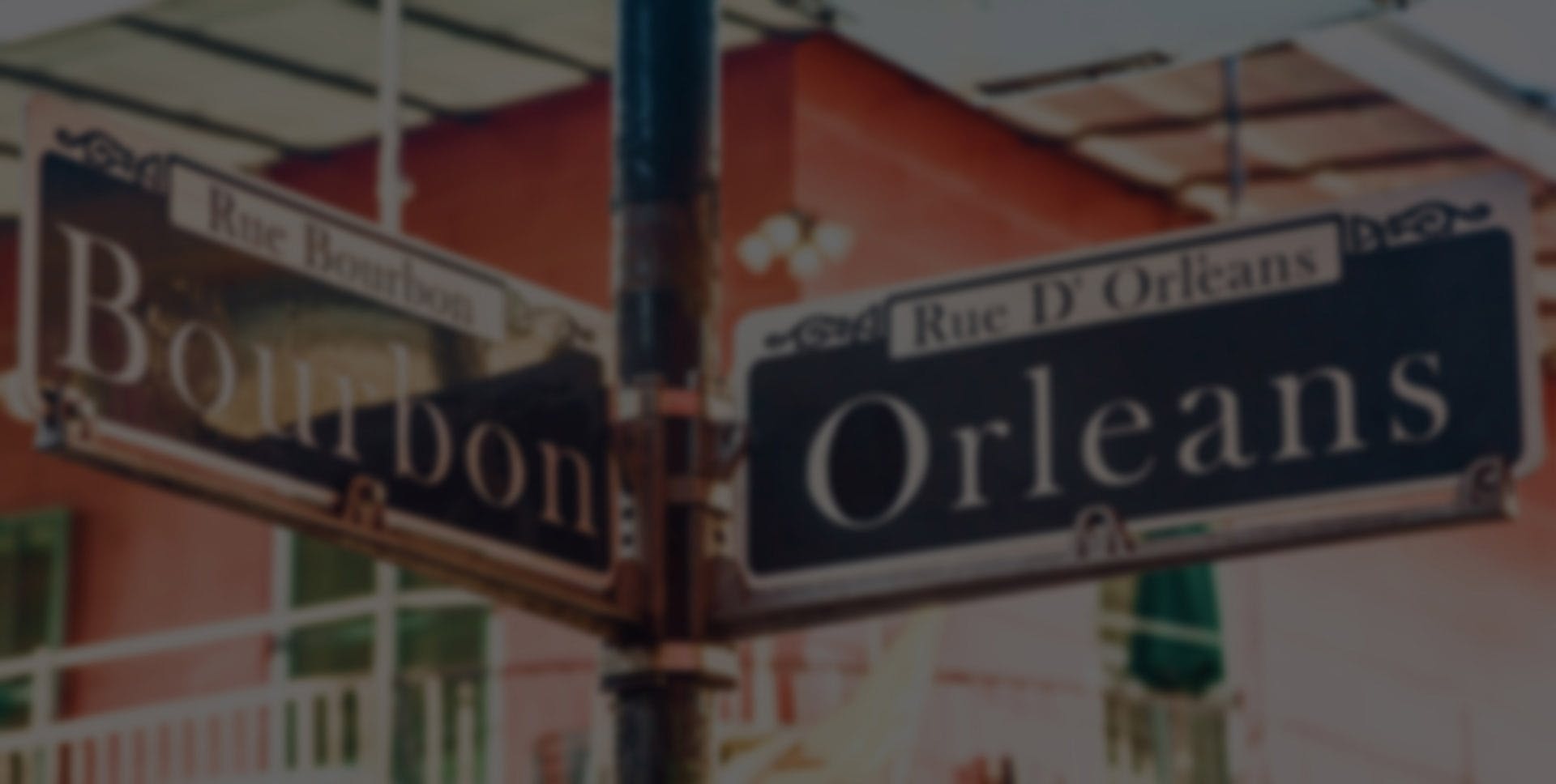
Most people picture their ideal results long before surgery day. But great rhinoplasty outcomes start with conversation, not just inspiration photos. Dr. Philip J. Miller, a double board-certified facial plastic surgeon in New Orleans, says patients who come prepared with clear questions make the most of their consultation. Here are some questions worth adding to your list.
How Experienced Is My Surgeon with Rhinoplasty?
One of the most important and often forgotten questions is how frequently a surgeon performs rhinoplasty. The nose is one of the most intricate structures on the face, and even minor adjustments can have major effects. Surgeons who regularly perform rhinoplasty refine both their technical precision and their artistic judgment. Dr. Miller performs multiple rhinoplasties every week and has nearly three decades of specialized experience. His expertise spans cosmetic, functional, revision, and ethnic rhinoplasty procedures.
What Type of Rhinoplasty Is Right for Me?
Every nose is unique, and the approach should be too. Options include open rhinoplasty, closed rhinoplasty, revision rhinoplasty, and even micro rhinoplasty, a minimally invasive technique pioneered by Dr. Miller. During your consultation, he evaluates your anatomy, concerns, and goals to determine the most effective approach. Patients seeking subtle refinement may benefit from a quick, in-office micro rhinoplasty, while others may need a more comprehensive surgical plan.
How Will My Breathing Be Affected?
While many patients focus on appearance, function is just as important. A well-executed rhinoplasty should maintain, or even improve, nasal airflow. Dr. Miller’s background in Otolaryngology (Head & Neck Surgery) allows him to correct both internal and external nasal structures for balanced results that look and feel natural.
Breathing improvements that may result from rhinoplasty include:
- Correction of a deviated septum for better airflow
- Repair of nasal valve collapse to reduce obstruction
- Relief from chronic congestion or sinus pressure
- Easier breathing during exercise or sleep
What Will My Recovery Really Be Like?
Many patients underestimate recovery time or how swelling can temporarily affect results. Recovery is typically uncomfortable rather than painful and improves steadily over time.
Here’s what the recovery timeline generally looks like:
- Week 1: Mild swelling, bruising, and congestion; a cast remains on the nose.
- Week 2: Cast removal, fading bruises, and improved comfort.
- Weeks 3–3 Months: Swelling continues to subside; most activities can safely resume.
- Up to 12 Months: The final nasal shape refines and fully settles.
Dr. Miller guides patients through every stage of recovery to ensure progress is smooth and results are lasting.
How Can I Make Sure My Results Look Natural?
A natural result depends not only on surgical skill but also on communication. Dr. Miller developed the NatraLook™ process, a collaborative consultation approach that helps patients clearly express their aesthetic goals. Through advanced 3D imaging, artistic precision, and open dialogue, he ensures every result enhances each patient’s unique features while preserving authenticity.
What Happens If I Don’t Love My Results?
Though rare in expert hands, revision rhinoplasty can correct lingering asymmetries or breathing issues after a previous procedure. These surgeries are technically complex and require both precision and artistry. Dr. Miller frequently performs revision rhinoplasty for patients nationwide, restoring both nasal harmony and confidence.
Schedule Your NatraLook Consultation with Dr. Miller
Choosing rhinoplasty is both exciting and deeply personal. Dr. Miller has dedicated his career to helping patients achieve results that are beautiful, functional, and uniquely theirs. Schedule your NatraLook consultation today at Dr. Miller’s New Orleans practice to explore your options and have your questions answered by an expert. Your journey toward renewed confidence begins with a NatraLook experience designed around you.

